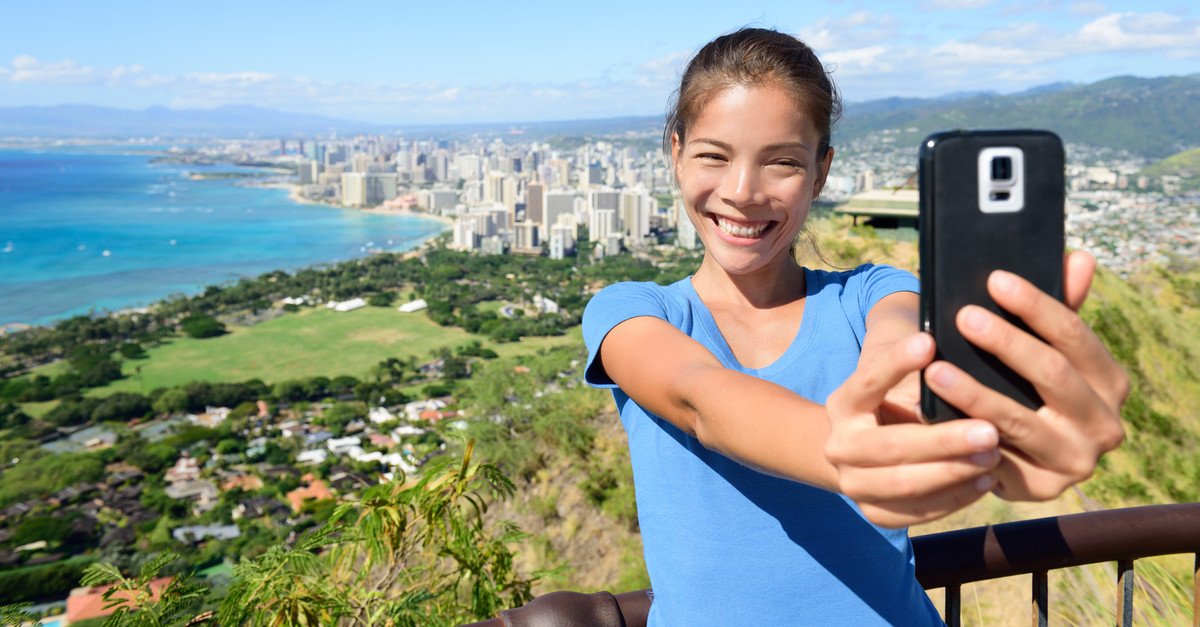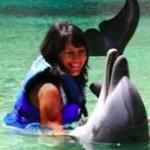02-16-2025
Diamond Head Crater Honolulu
Located within the Waikiki & Honolulu Region on Oahu
Aloha! This article may link to trusted Hawaii resources (like Discount Hawaii Car Rentals) at no extra cost to you. Mahalo for your support!
Diamond Head Crater
Honolulu, Oahu
Diamond Head, an ancient volcanic crater, has been extinct for around 150,000 years—fortunately, as the massive crater looms over Waikiki. The short but steep trail to Diamond Head’s 760-foot summit gives a 360 degree view of Oahu from above.
The summit of Diamond Head was used as a lookout for spotting menacing fleets of war canoes. A bonfire was kept alight to guide friendly visitors coming from outer islands. Ancient Hawaiians would light the rim of the crater with huge fires to assist canoes traveling along the south shore of O’ahu. Also located on the summit of the volcano was a temple dedicated to Lono, the god of wind. Ancient Hawaiians prayed and sacrificed, trying to appease the wind god, whose never-ending updrafts extinguished the navigational flames.

Take a selfie when you climb to the top of Diamond Head Crater
At least seven major temples and smaller fishing shrines were located on Diamond Head, and when Kamehameha the Great conquered O‘ahu he held a formal ceremony, with all the usual human sacrifices at Papa‘ena‘ena Heiau. At this heiau, Kamehameha also is reported to have sacrificed his good looking nephew, Kanihonui, who broke the kapu or sacred law by dallying with the sacred and forbidden body of Kamehameha's favorite wife, Queen Ka’ahumanu. It was said that the Queen found it very difficult to forgive her jealous husband. The Queen was said by Captain Vancouver to have been six-foot-tall and beautiful when young. In later years, she weighed over 300 pounds, but that may have been considered beautiful too, or at least wealthy and well fed.
The heiau overlooked a surf break famous for hundreds of years. Priests at Papa’ena’ena flew a kite at the heiau to inform surfers when the surf was up. The surf break is known today as First Break.
The craggy crater won its name Diamond Head when 19th century British sailors discovered calcite crystals on its slopes and, for some jubilant moments, mistook them for diamonds.
The U.S. Government also recognized the advantage of strengthening coastal defenses and in 1904 purchased Diamond Head to develop a military reservation. Diamond Head became a coastal defense fort with guns poking from the rocks on its high walls. A trail was carved by hand and shovel around 1910 leading up the interior of the crater to the observation site at the top. Fort Ruger, built inside the crater, housed cannon mortars with a range of eleven miles and a telescope station for target sightings. A series of tunnels provided access to the crater floor. Diamond Head became known as the “Gibraltar of the Pacific,” but none of the fortifications was ever put to use during WWI.
After the U.S. entered World War II, the military installations at Diamond Head became top secret. The old military observation point was replaced by radar equipment and anti-aircraft guns were added. None of these was ever fired in battle. In 1950, the military removed all weaponry from Diamond Head and use of the crater passed to the National Guard.
Today, Diamond Head is a state park and no longer a restricted military facility, and over one million people visit the crater each year. The well-marked Diamond Head Hiking Trail leads three quarters of a mile along switchbacks, up four sets of narrow stairways, and through pitch-dark tunnels to the observation station at the top of the crater. There, hikers gain a bird’s eye view of O‘ahu’s south shore, the plains of central O‘ahu, the Ko‘olau mountain range, and the sparkling ocean.
You may recognize here some of the locations from the TV series “LOST”. Other scenes were filmed in secret bunkers located along the exterior perimeter of the crater and not accessible to the public.
DIRECTIONS:
Exit Waikiki and travel to Diamond Head (east) on Kalakaua Avenue. As you cross Kapahulu Avenue continue straight, then take the left fork which is Monsarrat Avenue
Continue straight until it becomes Diamond Head Road. The access road to Diamond Head crater will be on your right, just across from Kapiolani Community College. The hike is hot and popular, so an early morning start is probably better. If you get a chance, pop into the grounds of the college to see the excellent cactus garden at the entrance. There’s a popular farmers’ market on Saturday mornings and Tuesday evenings. For the easy to moderately difficult hike to the top of the crater, take water, hats, and sunscreen.

About the Author
Ellie Crowe
Ellie Crowe is the author of 18 published books, including Explore Oahu Places of Power, an ebook on Amazon.
Her books on travel and the culture and history of Hawaii include Exploring Hawaii, Places of Power, History, Mystery and Magic, Kamehameha, the Boy who became a Warrior King, recipient of the HVCB Kahili Award for Literary Arts in 2004, and Surfer of the Century, the Life of Duke Kahanamoku, recipient of the Simon Wiesenthal Museum of Tolerance Once Upon a World Award in Children's Literature in 2008.
Our Recommended Oahu Tours
Affiliate Disclosure: We may earn commissions from some travel partners (like Amazon or Expedia) which helps us maintain this site. These links are at no extra cost to you and don't impact our honest & unbiased recommendations. Remove all the ads →



